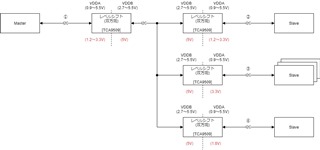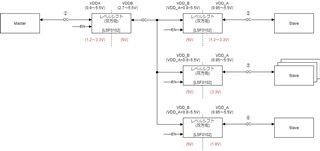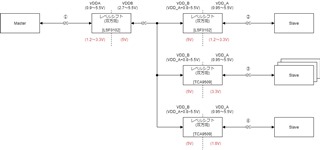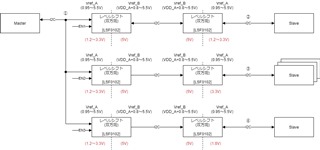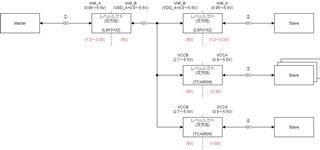Other Parts Discussed in Thread: LSF0102, TCA9511A, TCA4307, LSF0101, TCA9517A, TCA9545A
Hi There,
I plan to use the TCA9509.
The TCA9509 is capable of series and star connections on the B-side connection.
I am considering the circuit configuration of the file with I2C.
Are there any problems with the TCA9509?
Best regards
- satoshi
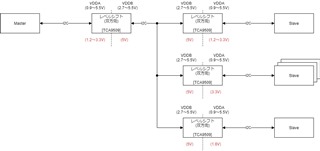
plan (動) 計画する、予定する、考える、画策する、企画する、企む、考案する
plan (名) 予定、計画、プラン、構想


